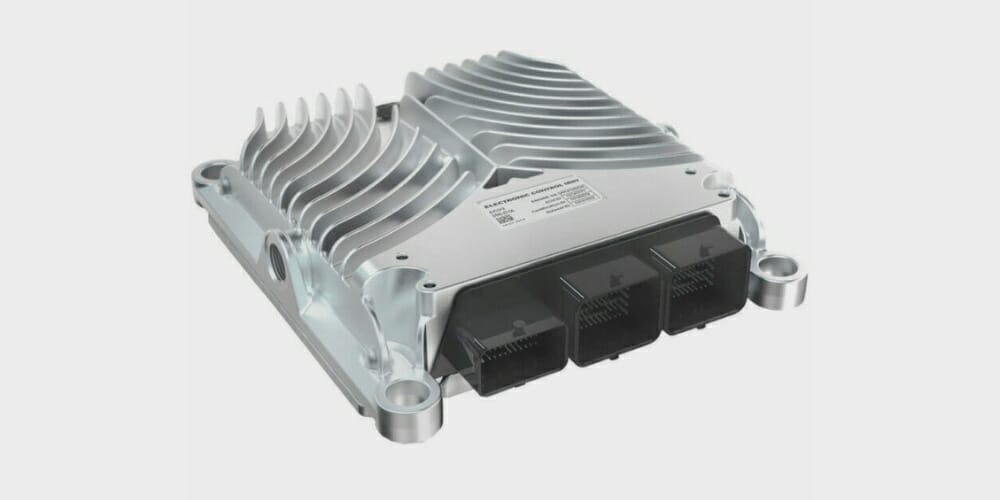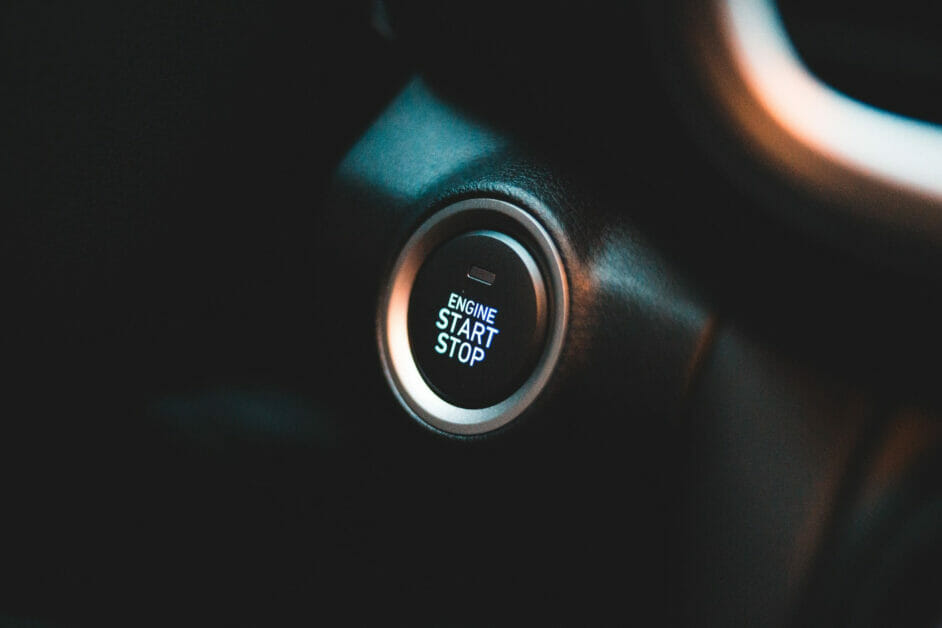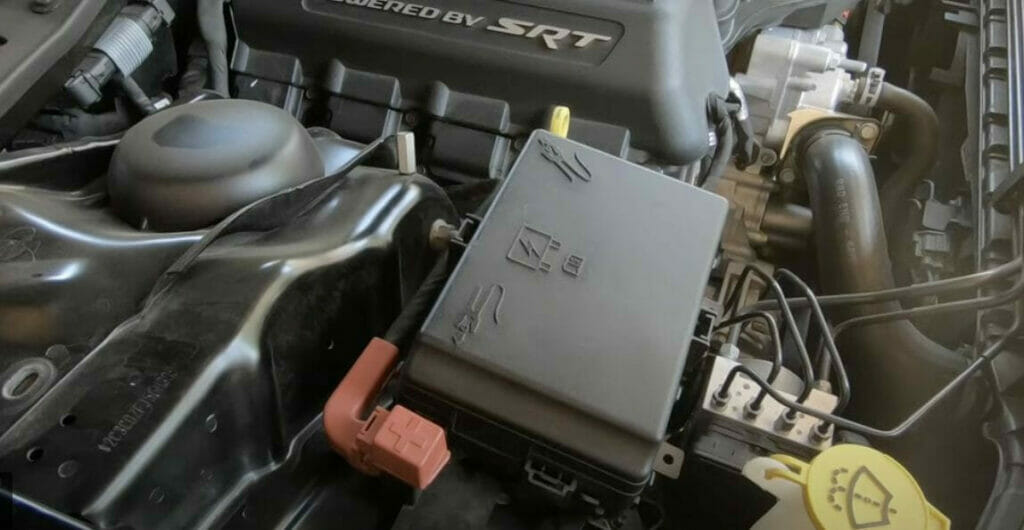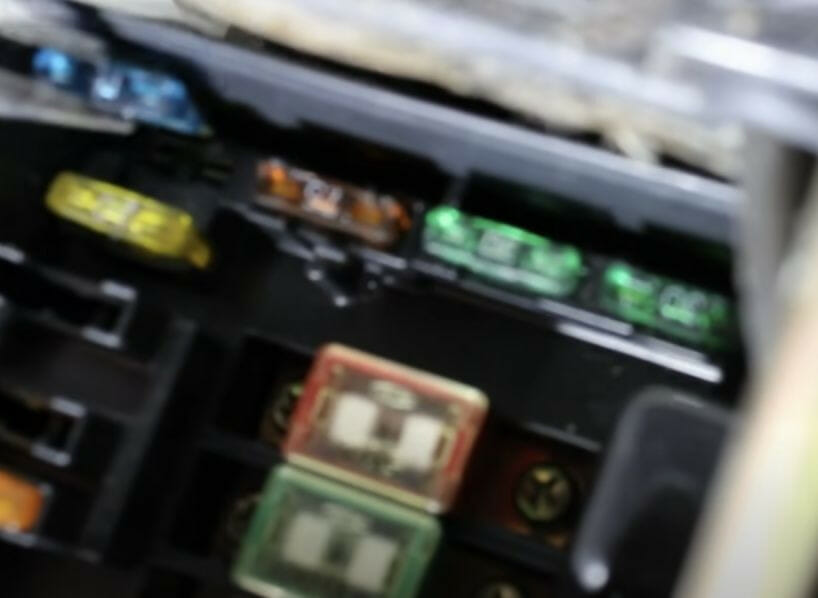How to Reset a Car’s ECU without Disconnecting the Battery (3 Methods)

If you need to reset your car’s ECU, I’ll show you how to do it without disconnecting the battery.
You must reset the ECU if the car’s computer screen suddenly goes blank while driving. You can reset the ECU by parking the car and disconnecting the battery. But there’s another way: you don’t have to disconnect the battery or even get out of your car.
Switch the engine off in a safe place to reset the car’s ECU without disconnecting the battery. You might have the option to press a reset button on it. Otherwise, there are two more methods. The second involves pressing the start button and gas pedal in a certain way. The third is to locate the fuse box under the dashboard, then remove the fuse and leave it out for 10 to 15 minutes. The ECU should be reset after applying these methods, but which one is available depends on your car and its ECU.
I’ve described each of these three methods to reset the ECU.
Resetting the ECU
All these methods for resetting the ECU can be applied without disconnecting the battery.
So, the first thing to do if you’re driving is to find a safe place to park for a while, stop the engine, and remove the key from the ignition. These methods should work with most car models and ECUs, but in case not, you may have to disconnect the battery after all.
Also, you should know where your car’s ECU is located. If in doubt, check your vehicle owner’s manual.
Resetting Methods
I will cover the following methods to reset the ECU without removing the battery:
- Method 1: Using the start button
- Method: Pressing the reset button
- Method 3: Removing the fuse
Which method(s) you can or cannot use depends on your car and its ECU. Check the vehicle owner’s manual to see which ones are possible.
Method 1: Using the Start Button
This method will only work if your car has a start button and can be used to reset the ECU.
Step 1: Push the Start Button
Push the start button twice. It will start the car without running it.

Step 2: Press and Release the Gas Pedal
About 3 seconds after pressing the start button, press and release the gas pedal (exactly) five times within 5 seconds.
Do it gently. Five seconds should be enough to achieve this without pressing the gas pedal rapidly.
Step 3: Press and Hold the Gas Pedal
Wait 7 seconds before pressing the gas pedal again, and once pressed, hold it (keep it pressed down) for 10 seconds.
Step 4: Check the Engine Check Light
Keep an eye on the engine check light. It should start blinking intermittently.
Step 5: Press the Gas Pedal Again
When you see the engine check light blinking, press the gas pedal again and hold it down for another 10 seconds. Treat this as you confirming that you checked the engine light.
Step 6: Turn the Car Off
The last pressing of the gas pedal should stop the engine check light blinking. You can now turn the car off and then back on again. Now, you should see that the ECU has been fully reset.
Method 2: Pressing the Reset Button
This method will only work if your car’s ECU has a reset button.
Step 1: Locate the Reset Button
Firstly, locate the reset button on your car’s ECU.
It may be close to the steering wheel as a small black or silver button.
Step 2: Press and Hold the Reset Button
Press and hold the reset button for about 5 seconds.
Step 3: Watch the Resetting Process
After releasing the reset button, the car’s computer should start resetting itself. The process might take up to 10 minutes, depending on your car.
Step 4: Start the Car
You can start the car once the reset process is complete. The computer should show that the ECU has been reset.
Method 3: Removing the Fuse
This method will only work if your ECU has a removable fuse.
But if not under the dashboard, the ECU might be located in the engine bay, depending on your car. In this case, you’ll have to get out of your car.

Step 1: Locate the ECU
Firstly, locate the ECU or fuse box.
It might be inside the car, under the dashboard, or it might be in the engine bay.
Step 2: Remove the Fuse

Remove the cover and pull out the fuse.
If there is more than one, remove the one marked “Back Up”, “ECM”, or “PCM”. Use a nose plier if you can’t pull it out easily by hand. Leave the fuse out for about 10 minutes before replacing it and putting the cover back on.
Step 3: Start the Engine
Wait a couple of more minutes before starting the engine.
The ECU should now be reset; you can resume your journey.
Additional Steps
If this method fails to work, repeat it, but this time, pump the brakes a few times while removing the fuse.
This may help to discharge current from the wiring.
Why You May Need to Reset the ECU
You may need to reset the ECU in the following situations:
- You need to clear an error code that still appears after resolving the problem.
- The engine check light keeps coming on for no reason.
- The navigation system is not functioning properly.
- An electrical accessory, such as the FM radio, is not operating normally.
- Your car is not running smoothly as it should.
- You serviced the car recently, and the computer is not behaving normally.
- You’re noting some other minor issues with the computer.
Here’s a table of ways to reset the ECU (Engine Control Unit) in some common car models:
| Car Model | Reset Method |
|---|---|
| Honda Accord | Disconnect the negative battery cable for 5-10 minutes |
| Toyota Camry | Remove the EFI fuse or disconnect the battery for 5-10 minutes |
| Ford F-150 | Disconnect the negative battery cable for at least 15 minutes |
| Chevrolet Silverado | Remove the ECM fuse or disconnect the battery for 30 seconds to 1 minute |
| BMW 3 Series | Disconnect the negative battery cable for 30 minutes or use an OBD scanner to reset the ECU |
| Volkswagen Jetta | Disconnect the battery for at least 30 minutes or use a scan tool to reset the ECU |
| Nissan Altima | Disconnect the battery for 30 minutes or use a diagnostic tool to reset the ECU |
References
Car’s ECU. https://www.powertrainweb.it/liebherr-d9812-ecu/.
Hearst Books. Popular Mechanics Complete Car Care Manual. Hearst Books A Division of Sterling Publishing Co., Inc. 2003, 2005.
Video References
Scat Speed
The Midnight Garage
